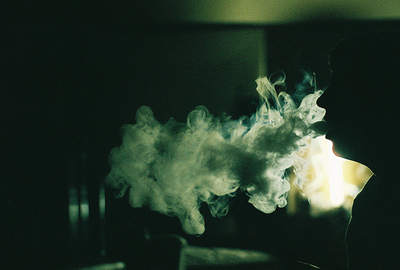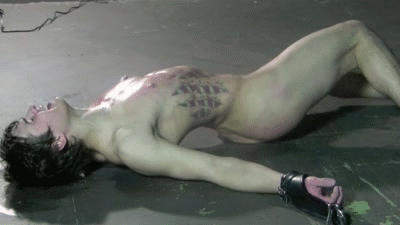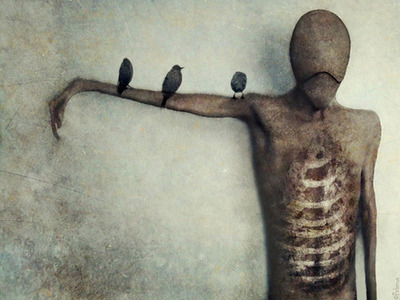The Age, Melbourne, November 25, 1994
What do they put in that Rocky Mountain water? Canada may be the international butt of countless “most boring place in the world” jokes, but from its much-derided pleasantness has sprung a remarkably fecund experimental film community.
Mike Hoolboom, who has brought two programs of recent Canadian work to Melbourne’s experimenta puts some of this avant-garde vigor down to the fact that everyone making films north of the Great Lakes is only too well aware that the gilded mother of all film industries is flaunting herself south of the border.
“Our theatres are almost 100% owned by Americans: the screentime is 97% taken up with Hollywood product,” says Hoolboom. Hence the long history and pro-active role of the National Film Board of Canada; hence, too, the comparative visibility of experimental film.
“Regardless of what genre of filmmaking anyone in Canada is interested in, the returns are relatively small and it keeps everyone at the same level,” he explains. “There’s a real cross talk, from different makers, different communities, and it’s coming out of the co-ops really.”
One of Hoolboom’s own films, showing as part of a program of his work called The Agony of Arousal, is a good example of this productive confusion. Frank’s Cock, one of a growing body of work about AIDS won the prize for Best Canadian Short Film at this year’s Toronto International Film Festival despite its uncompromising subject matter and form. Hoolboom divides the screen in to four, running a spoken narrative in one corner, snippets of gay porn filmed from the television in another, blown-up images from Madonna’s Erotica clip in another, bits of a documentary about fetal development, shot with fibre-optic cameras inside the body, in another. Not, at first glance, an easy cocktail for your mainstream filmfester, but audiences have loved it. For one thing – surprisingly perhaps, in a film about terminal illness – it is funny.
“I was living in Vancouver and was part of PWA, Persons with AIDS,” says Hoolboom. “You can meet so many people there. A friend, Joey, was telling me the story of his partner who died of AIDS. He said: “Yes, this would make a terrific film but I don’t want to be up in front of the camera making this long teary confessional and having everybody watch me or anything like that. You have to remember that it has to be funny, because most of our relationship was incredibly happy and joyous and a good time.”
It is also a cheering film because it was made very cheaply on the kind of judiciously extended grant that does credit to public funding. An independent film co-op in Vancovuer wanted to spark some local production. “They wheedled out a bunch of film stock from the National Film Board and asked seven filmmakers to make a three-minute film on the theme of breaking up,” says Hoolboom. “Everything had to very cheap. It could only have three edits and one strand of sound. I remembered Joey’s story so I wrote a piece out and then actor Callum Rennie stepped up. I was trying to get around the one-edit problem and I thought, well, if you’re going to do only one edit you might as well do no edits.”
Instead, he ran the same piece of film through the camera four times, shooting each of the four sections of the frame through a piece of cardboard with a hole cut in it.
“What’s nice about it in a way is that it’s experimental but it’s also quite accessible, so it’s able to communicate to audiences, gay or straight, and open them up to differences of form and why you would make something formally different,” says Hoolboom. “The fragmentation of the film was an attempt to replay the fragmentation of the body through AIDS. And also a way to simultaneously view the body inside and out. It’s a speaking body but it also exists on a cellular level and also on a purely sort of raw, flesh, sex level. And I think people get that… If there’s experimenting going on, it has to do with how people are living. The work is a reflection of the differences in our lives and lifestyles.”


